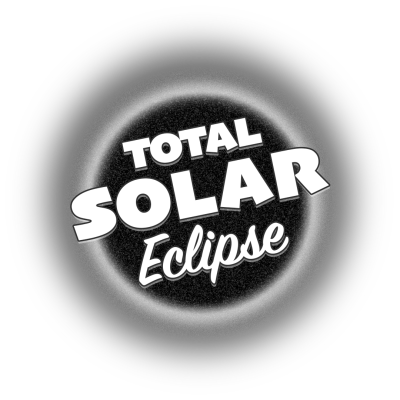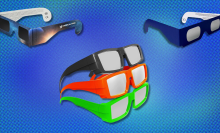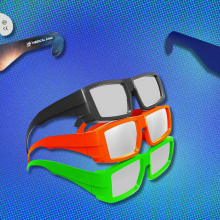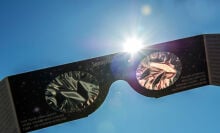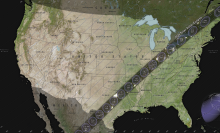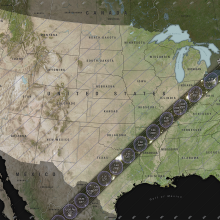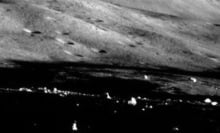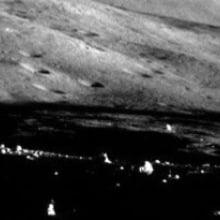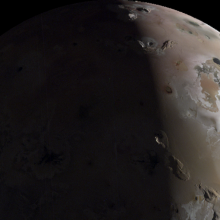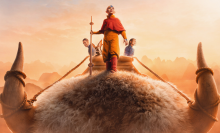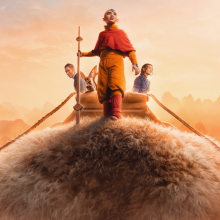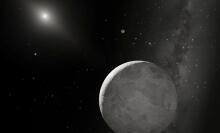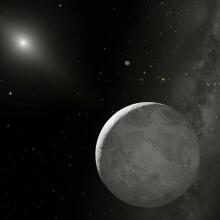An enchanting solar eclipse is imminent. Are you ready?
Witnessing a total solar eclipse — wherein the moon completely blocks out the sun — is a rare opportunity. But on April 8, 2024, millions of Americans will be in the "path of totality" (shown below), allowing many to experience something that's at once astonishing, unsettling, and thrilling. It's an event that's difficult to convey.
"In my experience you can't overhype it," Richard Fienberg, an astronomer and senior advisor at the American Astronomical Society, told Mashable.
It's worth preparing for this celestial happening, so you can enjoy it, and enjoy it safely. What follows is guidance from the experienced astronomer Fienberg, who has witnessed 14 — soon to be 15 — total solar eclipses.
"In my experience, you can't overhype it."

How to experience "totality"
When the moon passes in front of the sun, it casts a shadow on Earth that passes over a relatively thin band of our planet's surface. On April 8, this band — shown in the map above — is about 115 miles across and passes over Mexico, from Texas through Maine, and finally across Eastern Canada.
Crucially, to experience a total solar eclipse — as opposed to a partial eclipse — one must be in this path. "There is no such thing as a 50 percent total eclipse, or 99 percent total eclipse," Fienberg emphasized. "There's only a total eclipse or a partial eclipse."
Put another way, "Seeing a partial eclipse bears the same relation to seeing a total eclipse as kissing a man does to marrying him," the author Annie Dillard wrote in her essay "Total Eclipse," a poignant tale about experiencing totality in Washington state.
Only during a total solar eclipse will you witness the star of the show.
"The star of the show is always the solar corona," Fienberg emphasized.

The solar corona, which is the sun's outer atmosphere, is almost always impossible for us to see, because of the sun's intense brightness. But when the moon blocks the sun during totality, the ghostly wisps of the corona are revealed.
"The total phase is spectacular," Fienberg marveled.
"The star of the show is always the solar corona."
If weather allows, any person in the path of totality will first witness the partial eclipse — as the moon gradually moves in front of the sun — followed by totality, and then once again a partial eclipse as the moon moves away.
Eclipse viewing: Arrive early. Stay put. And leave late.
Many of us will travel to reach the path of totality. I, for example, drove from Southern California to Central Oregon to witness 2017's total solar eclipse.
For travelers, plan to make eclipse viewing at least a full-day event.
"Don't leave right after the eclipse. Otherwise you'll just get stuck in traffic," Fienberg, an experienced eclipse viewer, explained. "Arrive early. Stay put. And leave late."
While the totality phase will last three or four minutes, the greater eclipse event will last some two and a half hours. For example, on April 8, 2024, in Dallas, Texas, the moon will begin moving in front of the sun at 12:23 p.m. CDT. This is the start of the partial eclipse phase. Then, over an hour later, at 1:40 p.m. CDT, totality begins, meaning the moon has completely blocked the sun. Totality lasts until around 1:44 p.m. CDT. Then the moon gradually moves away from the sun, with the last of the partial eclipse ending at 3:02 p.m. CDT.
As you can see, it's an event. Add on travel time, traffic, finding a place to watch, and beyond. It's best to make it a trip.
Prepare for a full eclipse experience — not just a view.
When totality hits, the whole world around you changes.
"It's not just something you see. It's something that you feel," Fienberg said.
"It's not just something you see. It's something that you feel."
The world immediately shifts from day to appearing as dark as deep twilight. The temperature drops. The change can prompt reactions among animals, like bats awaking and birds flying into trees. You might even hear crickets.
Combine these effects with a suddenly blackened sun (like a great black eye in the sky), surrounded by the brilliant corona, and the experience is poignant.
"So much happens in that moment, so much happens above you, around you, and within you," Kate Russo, a former psychologist and avid eclipse chaser, previously told Psychology Today.
"I've seen people cry during totality. I've seen people with their mouth agape, and everything in between," Fienberg said.
You can only remove your eclipse glasses during totality.
During the totality phase — and only during totality — you can remove your specialized eclipse viewing glasses.
"You can view the eclipse directly without proper eye protection only when the moon completely obscures the sun’s bright face – during the brief and spectacular period known as totality. (You’ll know it’s safe when you can no longer see any part of the sun through eclipse glasses or a solar viewer,)" NASA explains.
But during the partial eclipse, you'll need to view the event with eclipse viewers or glasses. So get ready to put those glasses on again. "As soon as you see even a little bit of the bright sun reappear after totality, immediately put your eclipse glasses back on or use a handheld solar viewer to look at the sun," the space agency said.

The American Astronomical Society has amassed a great list of vetted sellers. You can find them at https://eclipse.aas.org/resources/solar-filters. If you choose to buy your eclipse glasses from a website, see if the vendor is selling products that have been vetted by the AAS. There's a risk of purchasing unsafe or misleading products.
In the few minutes or so of totality, the only light you'll see is from the corona, whose "radiation is too weak to have any harmful effects on the human retina," NASA explained.
Don't try to take an amazing total solar eclipse picture.
If it's one of your first eclipses, Fienberg recommends focusing on the rare experience rather than trying to get a potentially OK picture.
"Don't worry about trying to get great photos of it," he emphasized. "Use those precious few minutes to observe all around you."
Have a great time.
Some places have better odds, climatically and statistically, of having clear skies on April 8. Texas, for instance, has better odds of clear weather on April 8 than many parts of New England, where it can be overcast in early spring.
But no one knows what exactly the weather will be doing, and where, months in advance. So make your plans, choose a location that works for you, and see what you can experience.
And for those who live in the path of totality, you ought to embrace the opportunity.
"If you're in the path of the eclipse, consider yourself really fortunate," said Fienberg. "This is your shot. Take advantage of it."

Topics NASA

